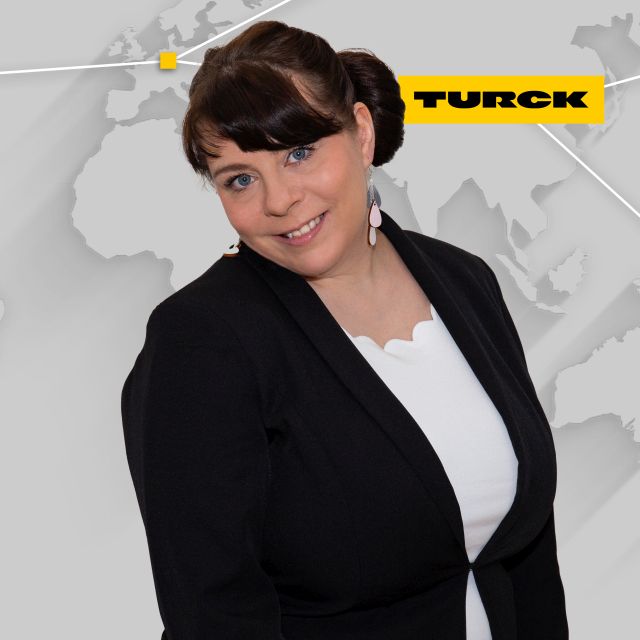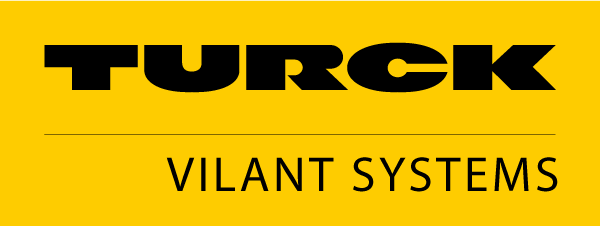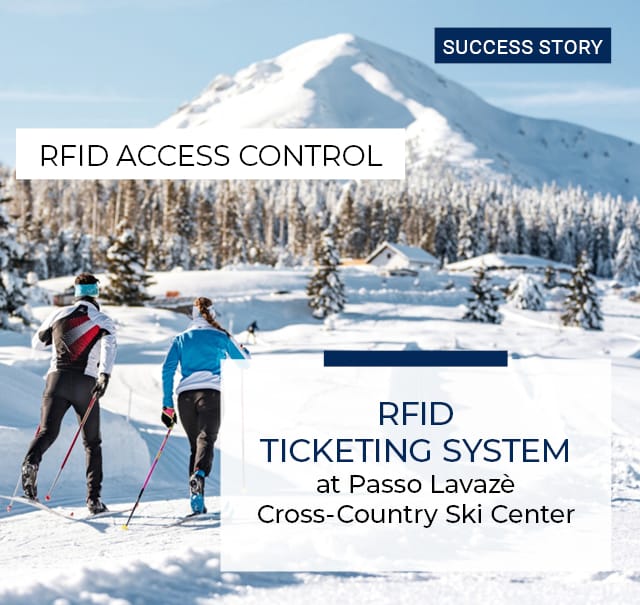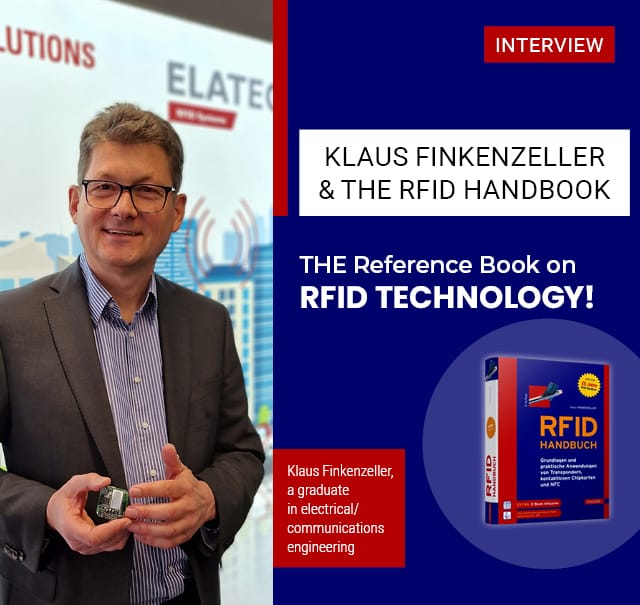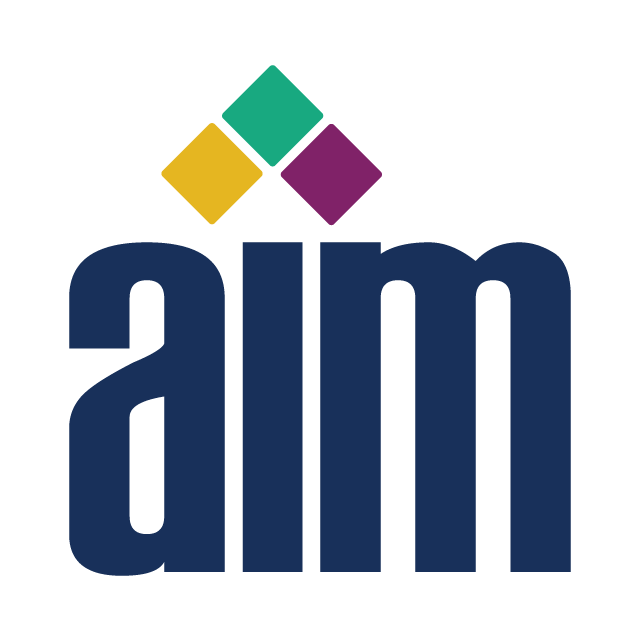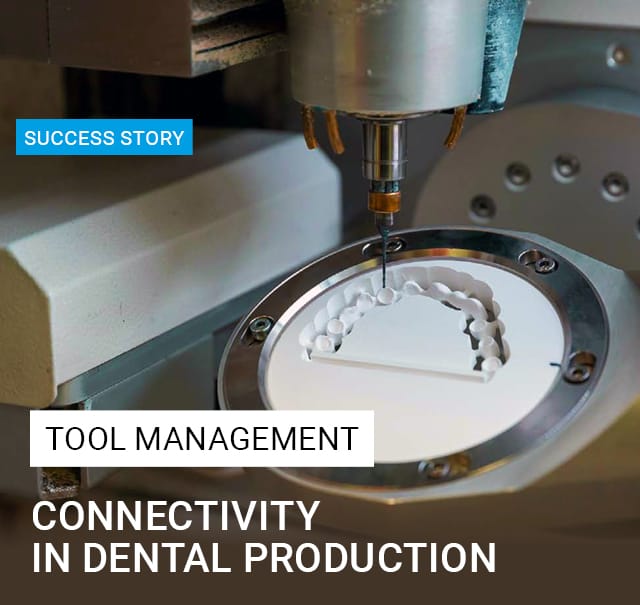Success Stories, Technology Articles and Videos
RFID
"Radio Frequency Identification" or RFID is the contactless transmission of data using radio waves. UHF RFID tags typically operate at 433 MHz and in the 860 to 960 MHz range; the read range is up to 100 m. HF RFID tags operate in the shortwave (HF) range of 3-30 MHz, have a short to medium range (up to 1 m) and a medium to high transmission speed. LF RFID tags operate in the low frequency (LF) range of 30-300 kHz and have a maximum range of 10 cm. LF tags are usually battery-free and passive, i.e. they are powered by the reader. UHF and HF tags can also be active and transmit data independently. Visual contact between the tag and the RFID reader is not required. RFID systems are therefore a convenient way to automate production processes. They are used in industrial applications, logistics, medicine and retail. Special RFID transponders are used in environments with interfering materials such as metal or liquids.
A Comparison of Two Technologies: Passive RFID and BLE
How do these two technologies differ? Which technology fits which application? You will find the article here.





